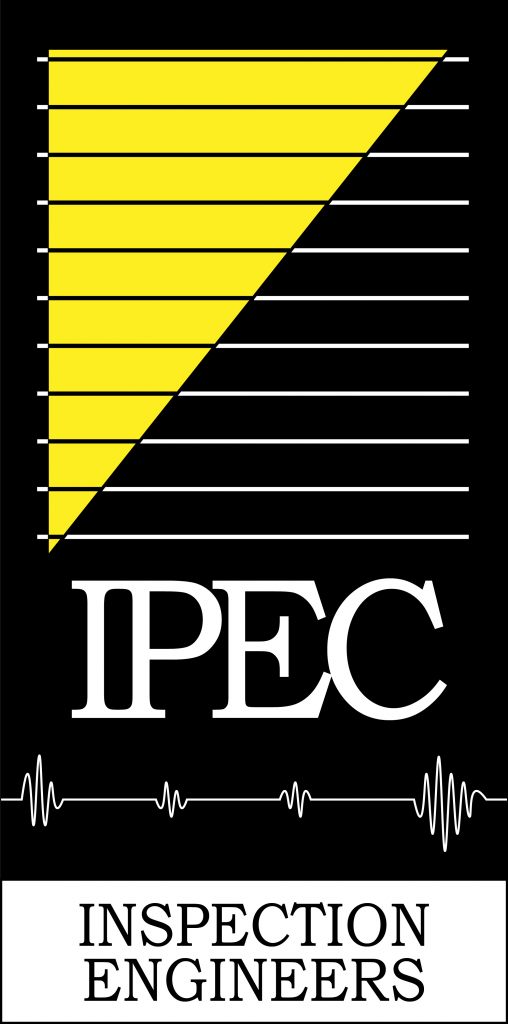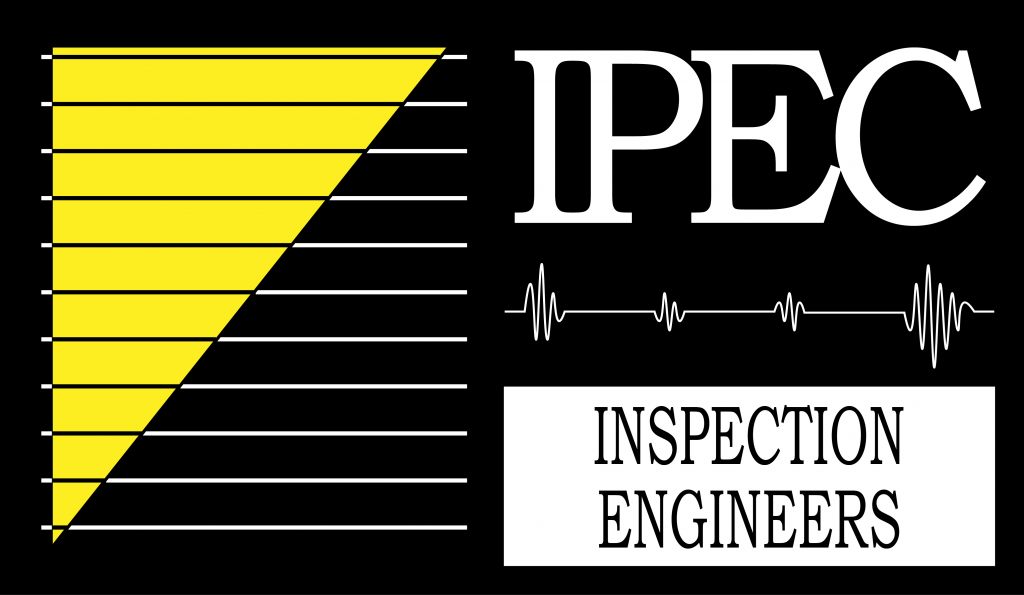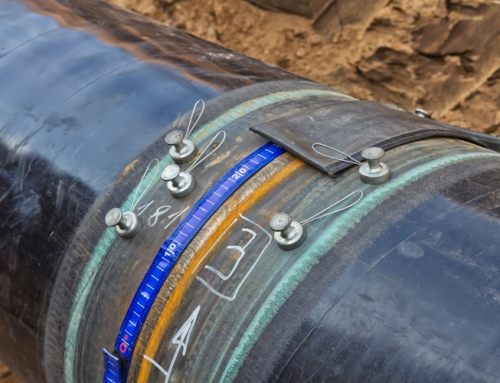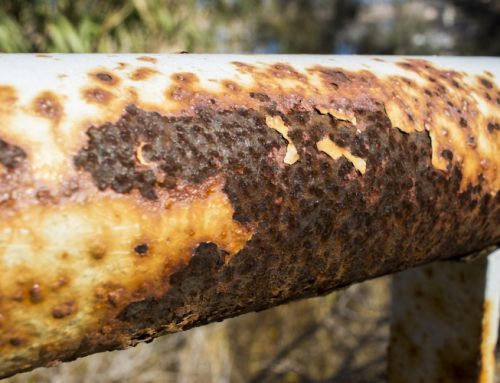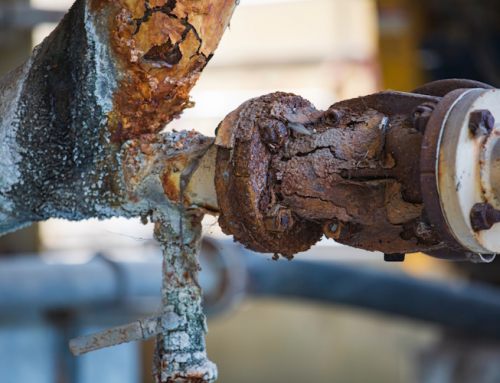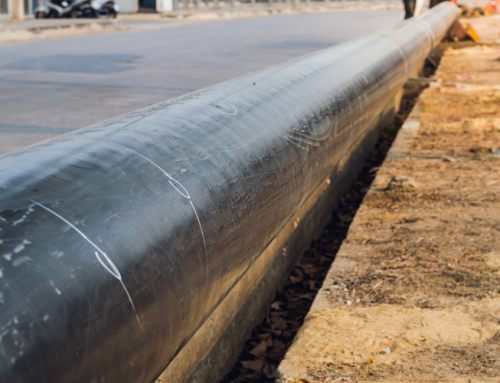Pulsed Eddy Current (PEC) is an inspection technique for inspecting carbon steel objects such as pipes and vessels without the need for contact with the steel surface. PEC can measure percentage variations in steel thickness through any non-conductive and non-magnetic materials between sensor and surface such as air, insulation material, concrete, plastics, coatings, sea water and marine growth, paint, deposits, oil, composite repairs, fireproofing, “scabs”, aluminium sheeting and other non-magnetic insulation covers; so it’s ideal for Corrosion Under Insulation (CUI) & Corrosion Under Fireproofing (CUF) applications.
Our instrument is designed for the inspection of carbon steel and low-alloyed steels, which are magnetic. For magnetic test specimens, the eddy currents are concentrated on the surface directly after the magnetic pulse. Subsequently, the eddy currents diffuse into the test specimen, until the backwall is reached. PEC can normally be applied to ferromagnetic steel with wall thickness (WT) between 2.5mm – 65mm (0.1” – 2.5”) with an insulated range of 0-250mm ( 0-10”). A maximum surface temperature of up to 550°C (1020°F) may be inspected with the PEC technique, provided the PEC probe is kept below 70°C (160°F).
Color-coded wall thickness readings are displayed on the touch screen display during data recording. An MS-Excel field report can be produced quickly by the tablet computer. In addition, PC-based software is provided for further analysis and reporting.
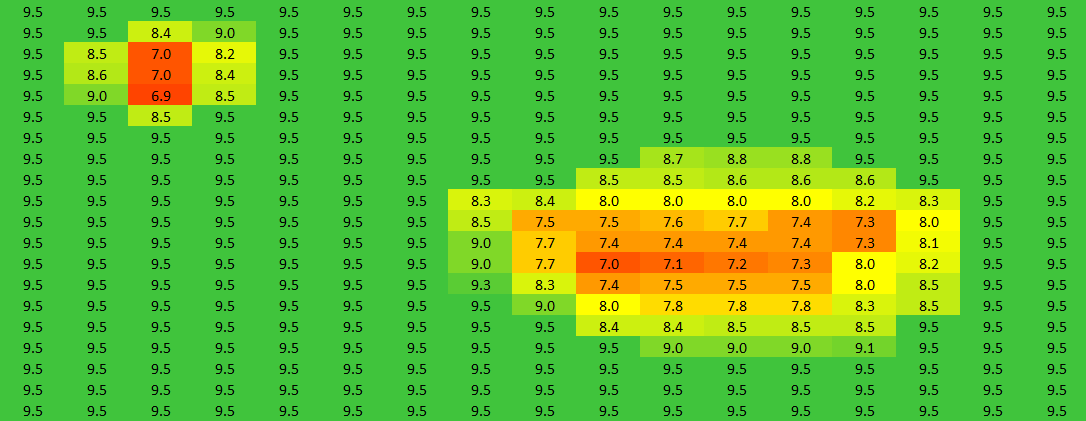
Applications include:
- Corrosion under insulation & fire proofing e.g. storage sphere legs
- Insulated Cryogenic Tanks and Piping
- Tank Floors with Fiberglass Coatings
- Lagged Pressure Vessels
- Feedwater & Condensate Piping
- Feedwater Heater Shells
- Inspection of column skirts.
- Flow accelerated corrosion (power plants).
- Splash zone of offshore structures and risers.
- Subsea Pipelines, well casings, repair wraps.
- Ship Hulls.
- High Temperature Wall Thickness Monitoring.
- Offshore Platform Legs
- Seawall Bulkheads
- Bridge Pier Sheet Piling
- Fireproofed Structural Beams
Typical Performance Parameters

Picture 1 – Example of a Lagged Vessel where an inspection can be utilised with PEC, without the need to remove lagging.
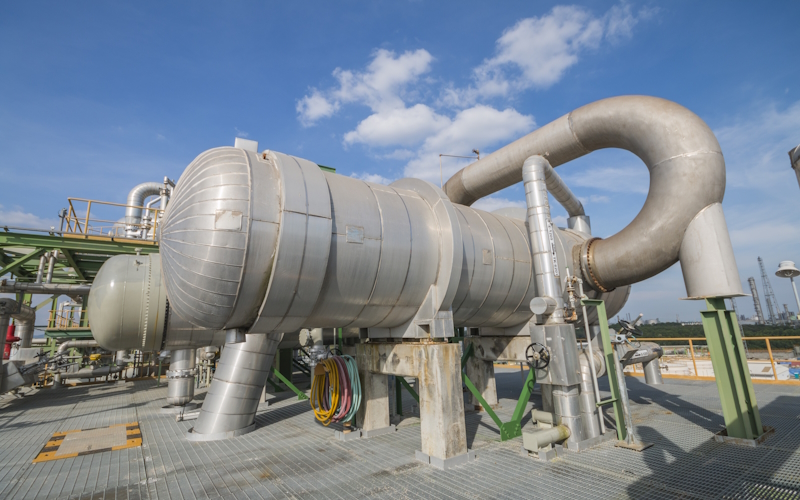
Basic Principle of PEC:
Eddy currents are circulating currents induced in a conductive material when it’s exposed to an alternating magnetic field. When a pulsed magnetic field is applied to the material, it generates eddy currents. The interaction between these eddy currents and the material’s properties, such as conductivity and thickness, yields information about the material’s condition.
In PEC testing, a coil generates a brief and intense magnetic field pulse. This pulse rapidly changes in amplitude over time. This abrupt change generates eddy currents in the tested material. After the pulse is turned off, the eddy currents induced in the material decay over time. The rate of decay is influenced by the material’s conductivity, thickness, and the presence of defects or changes in material properties.
A separate sensor coil is used to measure the magnetic field generated by the decaying eddy currents. This sensor coil detects the changes in the magnetic field caused by the interaction between the eddy currents and the material. The decay pattern of the eddy currents carries information about the material’s condition, such as the presence of defects or changes in thickness. The measured signal from the sensor coil is processed and analyzed to extract relevant information. By comparing the signal obtained from the tested material to reference signals from known conditions, defects or anomalies can be identified.
Picture 2 – Example of the Maxwell PEC Inspection System & Probe
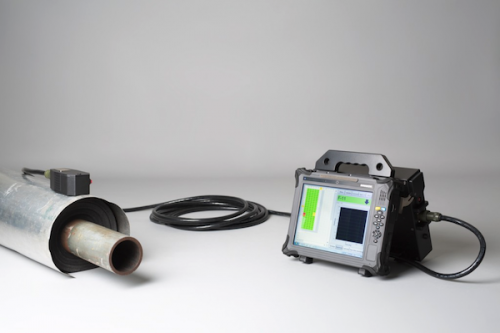
Advantages:
– It can penetrate protective coatings and paint, allowing for testing without removing surface layers.
– It’s effective for detecting corrosion and erosion under insulation or cladding.
– It can provide data about the remaining wall thickness of pipes and vessels.
– It’s relatively quick and can cover large areas in a short time.
Limitations:
PEC has some limitations:
– Interpretation of the results requires skilled operators and often involves complex data analysis.
– The technique might not be suitable for all materials; it works best with conductive materials like metals.
– The accuracy of the results can be influenced by factors like surface roughness and material properties.
In summary, Pulsed Eddy Current testing is a valuable non-destructive testing technique for assessing the condition of conductive materials, particularly in scenarios where coatings or insulation layers are present. It helps to identify corrosion, erosion, and other defects without causing damage to the tested material.
See also; Corrosion Under Insulation (CUI) / Corrosion Under Fireproofing (CUF)
Source/Credit: Maxwell NDT, Ether NDE
Author: James Murphy, Operations Manger of IPEC Inspection Ltd.
